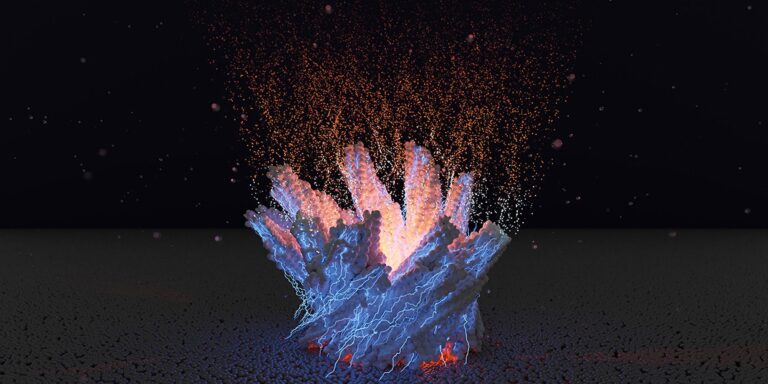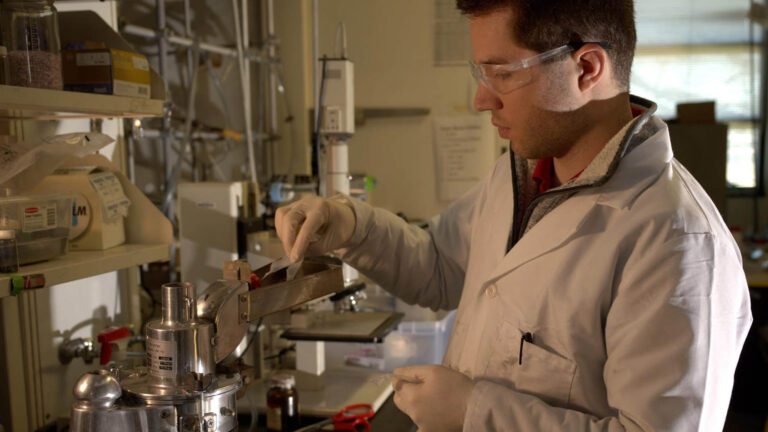
New Study Predicts Climate Change Could Shift And Intensify Seasonal Acidification Of The Arctic Ocean
New research has predicted that climate change could intensify the summer acidification of the Arctic Ocean by up to 25 per cent leaving the ecosystem with severe consequences. Experts from…






